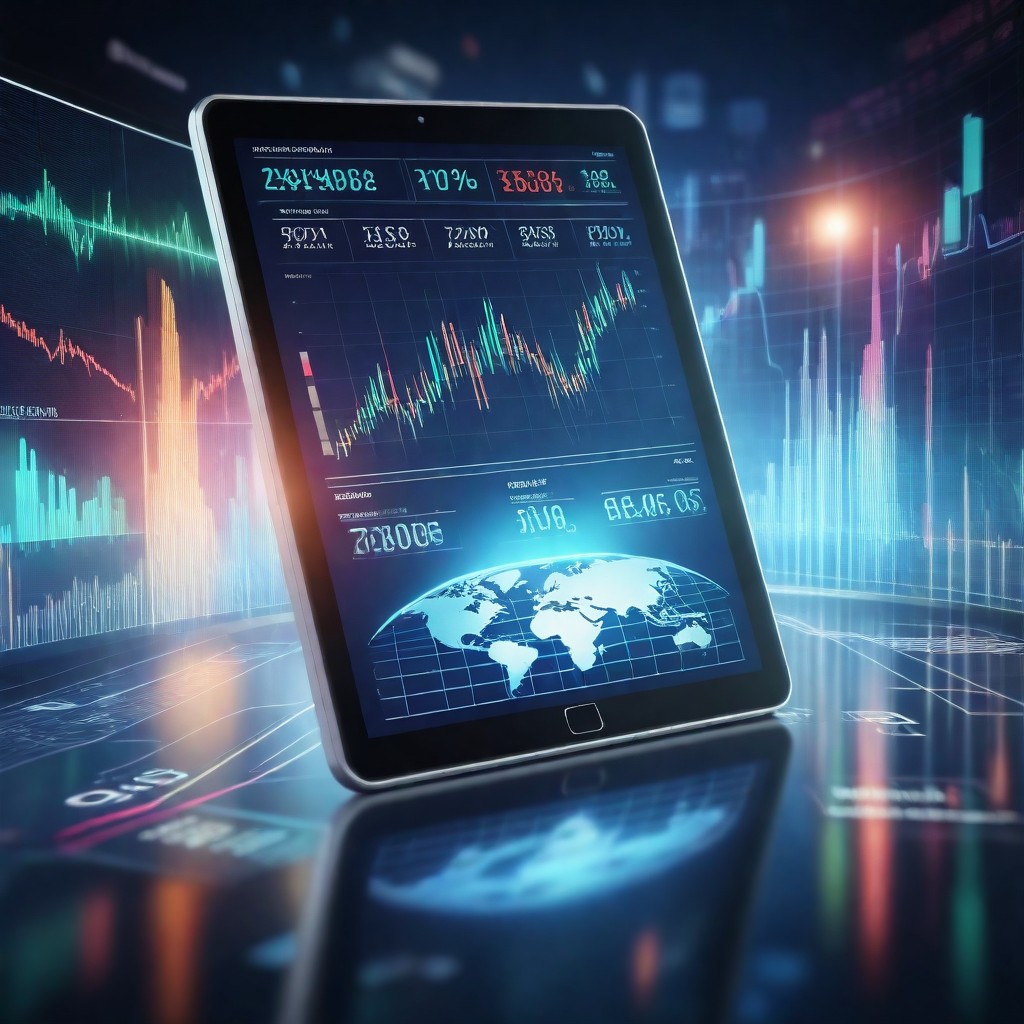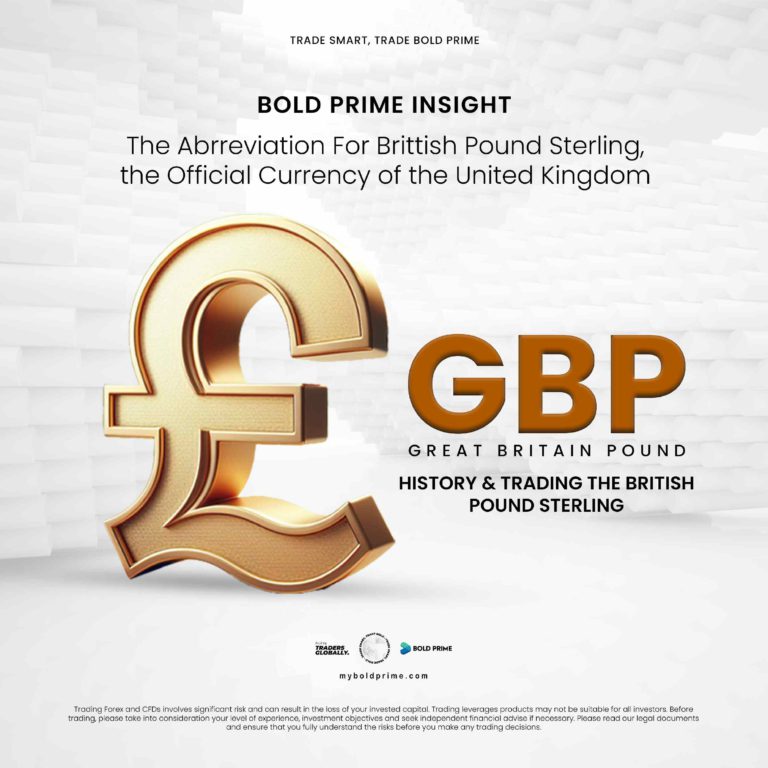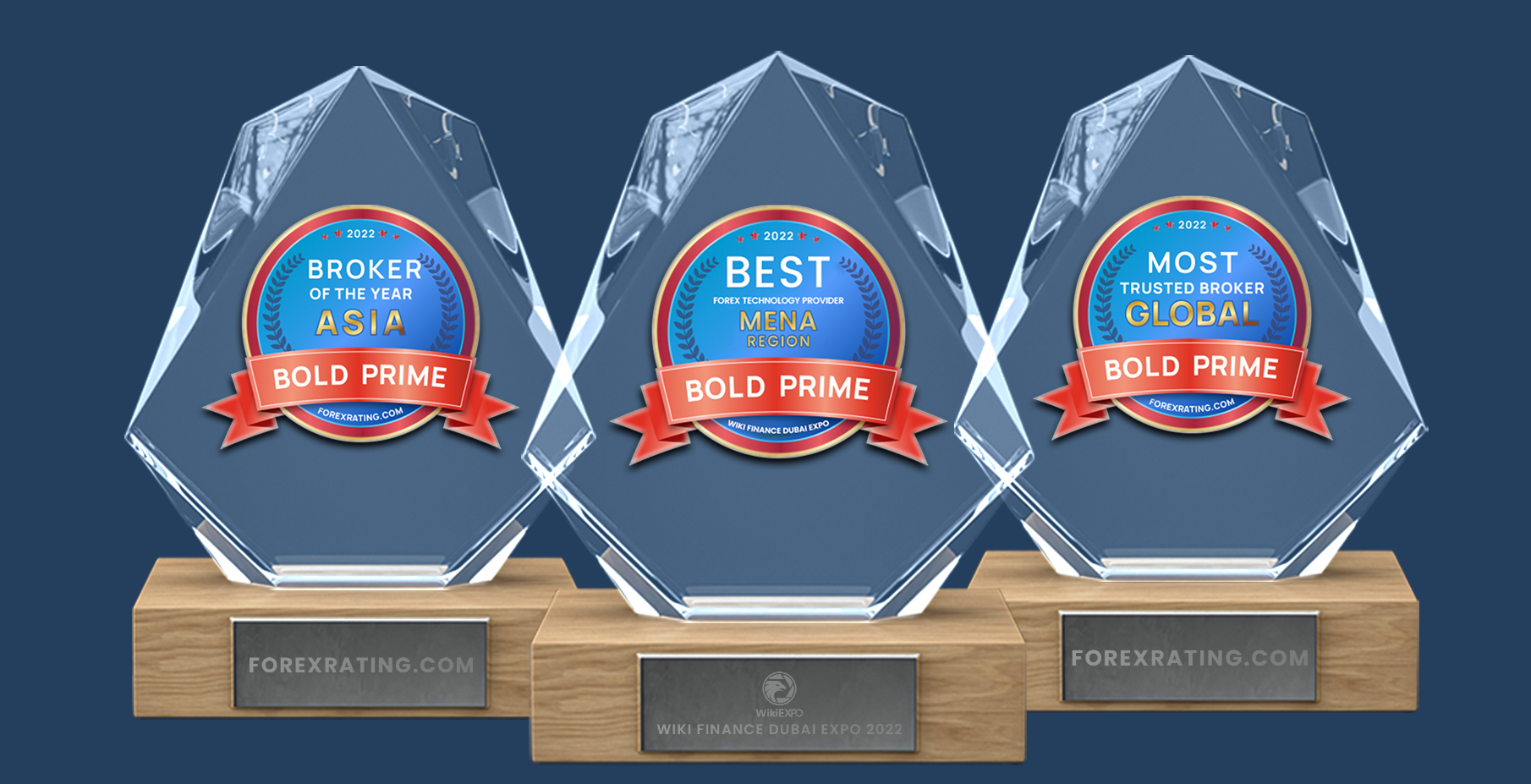What Is GBP?
The GBP stands for the British pound sterling, which serves as the official currency in the United Kingdom, as well as in various British Overseas Territories such as South Georgia, the South Sandwich Islands, and the British Antarctic Territory. Additionally, it’s utilized in U.K. crown dependencies like the Isle of Man and the Channel Islands. The British pound sterling is represented by the pound sign (£) and is commonly known as “sterling” or colloquially referred to as “quid.”
Trading the GBP
The British pound competes with the U.S. dollar (USD), euro (EUR), and Japanese yen (JPY) in daily trading volumes. The most frequently traded currency pairs involving the British pound are the euro (EUR/GBP) and the U.S. dollar (GBP/USD). Foreign exchange traders commonly refer to GBP/USD as “cable.”
One penny sterling or pence equals 1/100th of a pound. Many stocks are traded in pence rather than pounds, with stock exchanges using GBX to denote pence. While the official name of the British pound is pound sterling, “sterling” or STG is often used, especially in accounting or forex settings.
Currencies pegged to the British pound include the Falkland Islands pound, Gibraltar pound, Saint Helena pound, Jersey pound (JEP), Guernsey pound (GGP), Manx pound, Scotland notes, and Northern Ireland notes.
History of the GBP
The origin of the GBP can be traced back to 760 when it was initially used as a form of currency. However, it officially became the currency of the United Kingdom in 1707, following the union of England and Scotland into a single country.
Before 1855, banknotes in the UK were handwritten by the Bank of England until the introduction of printing.
The British pound was also utilized as the currency in various colonies of the British Empire, including Australia, New Zealand, and Canada. During the late 19th and early 20th centuries, many nations pegged their currencies to the value of gold, known as the gold standard, providing a standardized method for determining currency values worldwide. Before World War I, the UK used the gold standard to establish the value of the British pound.
However, the outbreak of World War I led to the abandonment of the gold standard, which was later reinstated in 1925 post-war but abandoned again during the Great Depression. In 1971, the UK adopted a floating exchange rate system, allowing the value of the British pound to be determined by market forces. Even with the introduction of the euro as the common currency for most European Union (EU) member nations in 2002, the UK chose to retain the GBP as its official currency.
Legislation and the GBP
In a referendum held in June 2016, British voters approved a measure known as Brexit, which entailed the United Kingdom’s departure from the European Union. Following the UK’s separation from the EU, the value of the GBP experienced a significant decline, with its fluctuations tied to ongoing trade negotiations.
The pound sterling faced another downturn in September 2022, following Prime Minister Liz Truss’s announcement of economic policies focused on tax cuts. While the Truss administration aimed to enhance UK economic productivity, investors and forex traders expressed concerns that these tax cuts could exacerbate already elevated levels of inflation and debt. Consequently, the GBP/USD pair reached an all-time low of 1.03 on September 26, 2022.
How Can Investors Trade the GBP?
Individuals have the opportunity to engage in trading involving GBP and various other foreign currencies through a foreign exchange (forex) broker. These brokers specialize in offering foreign exchange products and services.
What Is the Difference Between GBP and GBX?
GBP stands for the pound sterling, whereas GBX is a shorthand for the penny sterling (plural: pence), which represents 1/100th of a pound. Given that numerous stocks are traded in pence rather than pounds, stock exchanges may utilize GBX to differentiate between pence and pounds.
Is the GBP Still Considered a Reserve Currency?
The British pound once held a dominant position as a primary reserve currency, with many nations holding excess cash in it. However, the influence of the British Empire waned significantly following World War I and World War II. As a result, the U.S. dollar (USD) took over the reserve currency status that the pound had previously held. By the early 21st century, the dollar emerged as the world’s leading reserve currency, with the euro (EUR) following closely behind. According to the International Monetary Fund (IMF), the pound has now settled into fourth place, trailing behind the Japanese yen (JPY).
The Bottom Line
The GBP, also known as the British pound sterling, serves as the official currency of the United Kingdom and holds the distinction of being the oldest currency in continuous use as legal tender. Represented by the pound sign (£), the GBP boasts one of the highest trading volumes globally.








































